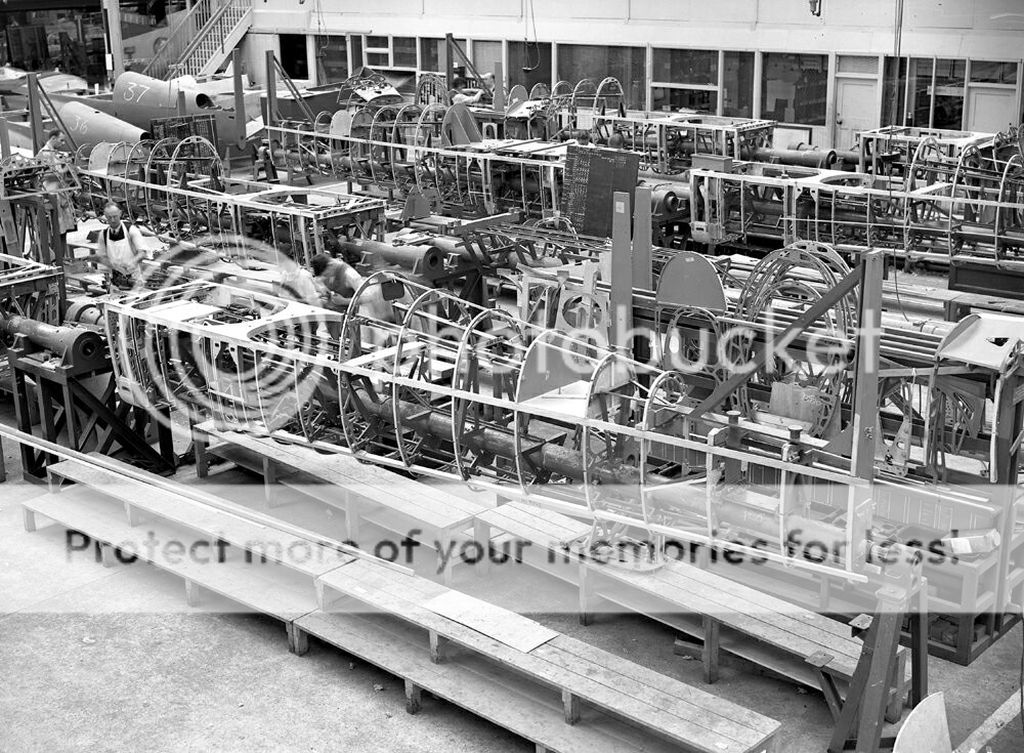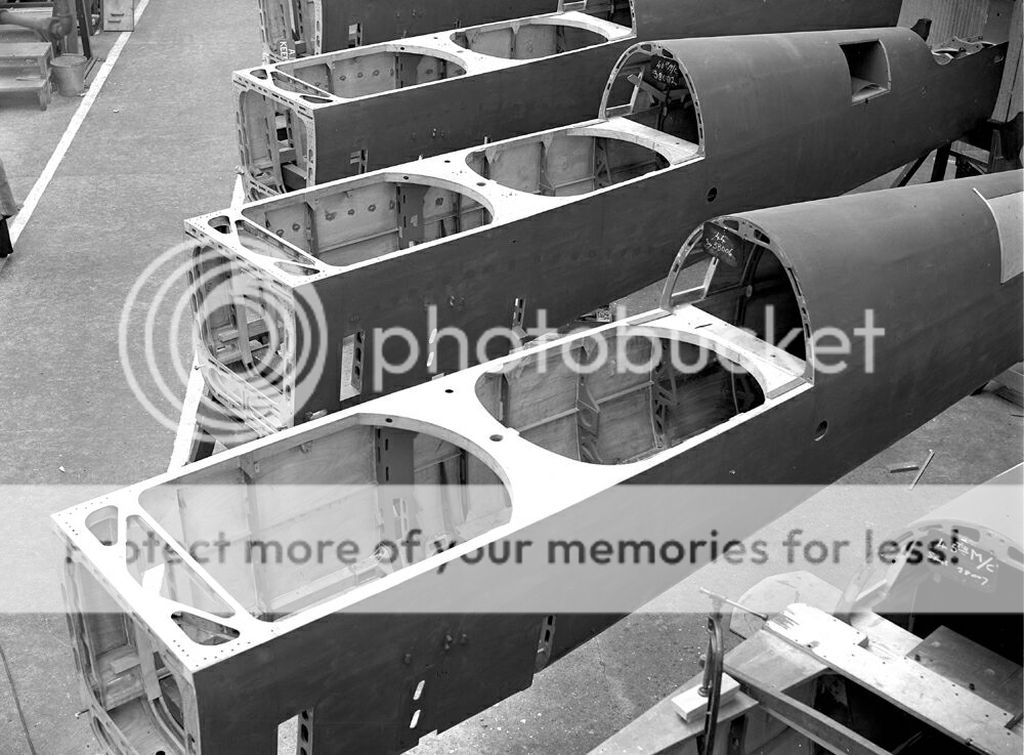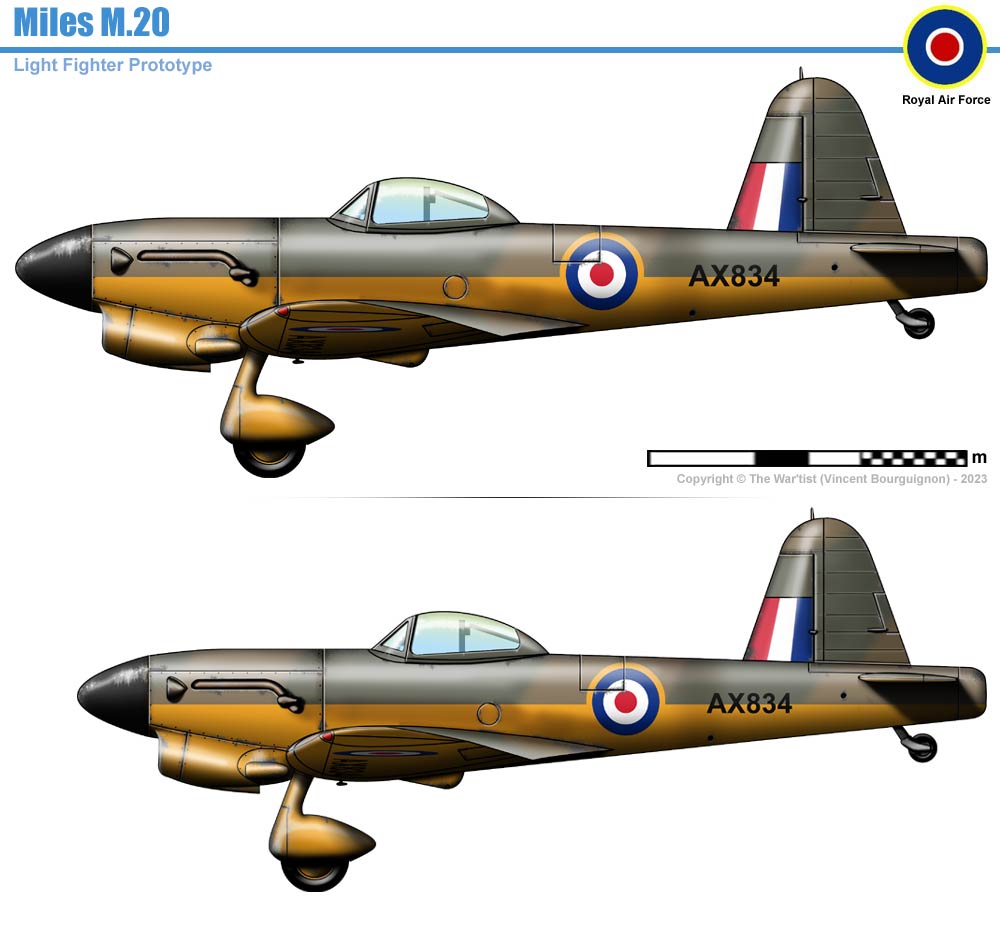MatthewB
Banned
IOTL, the Miles M.20 was a Second World War fighter developed by Miles Aircraft in 1940. Designed as a simple and quick-to-build 'emergency fighter' alternative to the Royal Air Force's Spitfires and Hurricanes should their production get disrupted by bombing. In the event, due to dispersal of manufacturing, the Luftwaffe's bombing of the Spitfire and Hurricane factories did not seriously affect production, and so the M.20 proved unnecessary and was cancelled.
Let’s get the Miles M.20 produced at CC&F in Fort William in Canada and into RAF and later FAA service (Specification N.1/41 for a FAA shipboard fighter, equipped with an arrestor hook and catapult launch points). Bereft of retracting undercarriage and hydraulics, made of wood, the Miles M.20 should be just the ticket for quick tooling up and production at CC&F. Hydraulics aside, the engine and internals are just as complicated as others of course.
Here’s a photo of the throttle quadrant on a Miles trainer. Being that they used standard Miles parts for the fighter this is what they would have used.

Some good pics and info here https://www.rcgroups.com/forums/showatt.php?attachmentid=7528661&d=1422788434

Let’s get the Miles M.20 produced at CC&F in Fort William in Canada and into RAF and later FAA service (Specification N.1/41 for a FAA shipboard fighter, equipped with an arrestor hook and catapult launch points). Bereft of retracting undercarriage and hydraulics, made of wood, the Miles M.20 should be just the ticket for quick tooling up and production at CC&F. Hydraulics aside, the engine and internals are just as complicated as others of course.
Here’s a photo of the throttle quadrant on a Miles trainer. Being that they used standard Miles parts for the fighter this is what they would have used.

Some good pics and info here https://www.rcgroups.com/forums/showatt.php?attachmentid=7528661&d=1422788434

Last edited:





